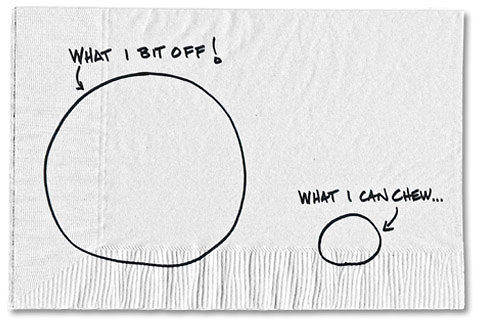
FLOYD NORRIS
Notions on high and low finance.
On Wednesday night, not long after the Senate made clear it would do nothing about gun control, a news release arrived in my in e-mail in which two senators proclaim something the Senate accomplished that very day:
Washington, D.C. — Nevada Senator Harry Reid and Arizona Senator John McCain applauded the passage by unanimous consent this evening of the Resolution calling on President Obama to pardon the first African-American heavyweight boxing champion, John Arthur “Jack” Johnson. Mr. Johnson was wrongfully convicted in 1913 under the Mann Act, which prohibited transporting women across state lines for “immoral purposes.”
“The unanimous pardon of Jack Johnson by the United States Senate helps to correct the record of American history by restoring Jack Johnson’s good name,” said Senator Harry Reid. “This generations-old conviction is not just about one man’s legacy. The tragic story of Jack Johnson is a blemish on American athletics, but the successful effort by a diverse array of groups and individuals to restore his name demonstrates the enduring power of equality in our national character. I am confident the House of Representatives will approve the Senate’s resolution without delay and send it to President Obama for his signature so we can put our collective weight behind the right side of history.”
“I am proud that for the second time in recent years, the Senate today unanimously approved a Congressional Resolution calling on President Obama to pardon Jack Johnson, the world’s first African-American heavyweight champion, for the unjust, racially-motivated conviction that ended his career and tarnished his legacy,” said Senator John McCain. “With the leadership of Congressman Peter King, I am sure that the House of Representatives will also soon approve this Resolution, as it did unanimously in 2009. It is disgraceful that this racist conviction has been permitted to stand and stain the legacy of Jack Johnson for the last 100 years. I urge the President to right this historical wrong by granting Jack Johnson a posthumous pardon, for which there is ample historical precedent.”
Jack Johnson was born in Galveston, Texas, on March 31, 1878 and in 1908, he became the first African-American world heavyweight boxing champion after defeating Tommy Burns in Australia – a title Johnson held until 1915. Prompted by his success in the boxing ring and his relationship with a Caucasian woman, Jack Johnson was wrongly convicted under the Mann Act when he brought the woman he was dating across state lines. The intent of the Mann Act was to prevent human trafficking of women for the purpose of prostitution. However, a racially motivated 1913 conviction imprisoned Jack Johnson for a year. The conviction ruined his career and destroyed his reputation. Senator McCain and Congressman King, both lifelong boxing fans, have been introducing legislation to pardon Jack Johnson since 2004.
Next time you hear somebody complain about the inability of Congress to deal with the issues confronting Americans, tell them about this.
Article source: http://economix.blogs.nytimes.com/2013/04/18/the-senate-acts/?partner=rss&emc=rss
